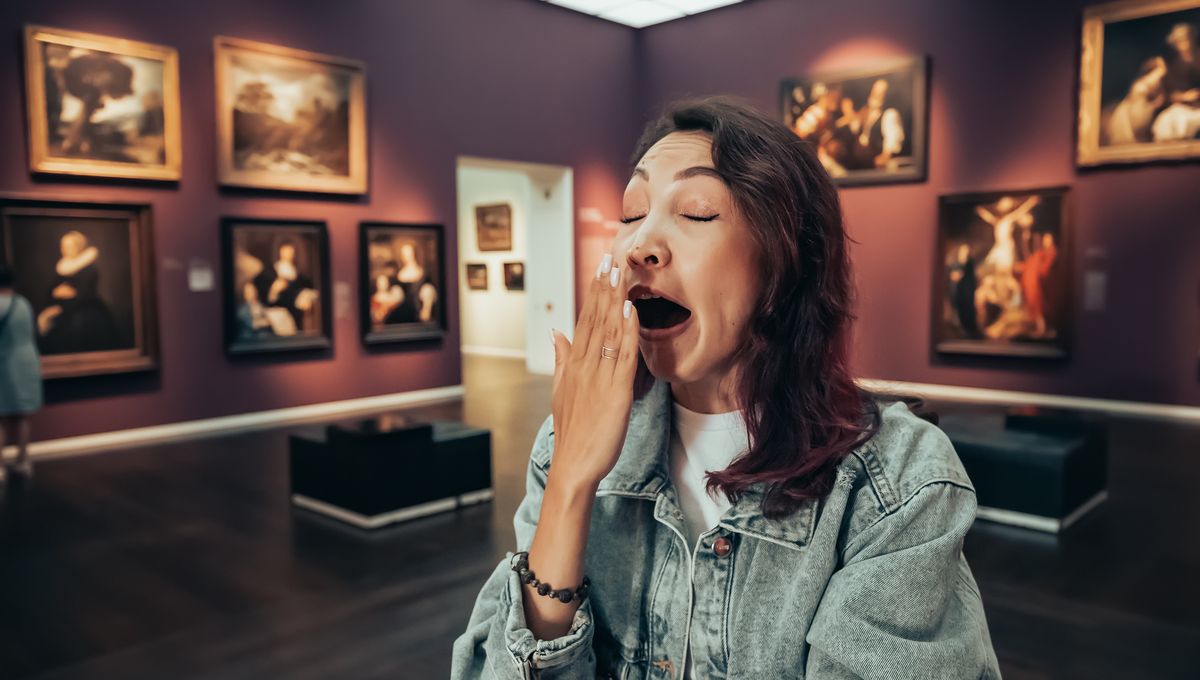
Have you ever been wandering around the Natural History Museum in London, and just wanted to take a snooze next to Charles Darwin’s statue? Or perhaps, bumbling along the San Francisco Museum of Modern Art and suddenly overcome with a wave of tiredness? Well, you may have been suffering from museum fatigue.
It was back in 1916 when this new phenomenon was introduced to the public by Benjamin Ives Gilman (most notable as the Secretary of the Boston Museum of Fine Arts). It’s when someone who is taking a jaunt around a museum loses interest in the exhibits as the visit progresses and sometimes, the feeling of absolute exhaustion rears its ugly head.
Gillman theorized that it was the way that displays are presented that caused this exhaustion. In later years, it was discovered that a visitor’s interest decreased with the increased number of displays.
In 1985, it was found that within the first 30 minutes of being in a museum, the visitors displayed a high interest before then experiencing a sharp decline in interest. It is not just museum goers that can suffer from this – zoos also can have this effect.
What are the factors?
There are a few factors that can cause exhaustion, including:
- Physical and mental exhaustion – anyone who likes to spend a day in the house of learning, knows that it is very easy to hit the daily step count while walking in between exhibits. This is further exacerbated by poorly placed labels or exhibits. Mental exhaustion comes into play when the person has to be highly attentive for long periods.
- Monotonous exhibition – if the exhibit is very monotonous, meaning that it has similar objects observed next to each other, it can cause exhaustion.
- Attention capacity – distractions like conversations with people in a group, flashing lights, and loud noises can cause people’s attention to decrease.
How can this be avoided?
A lot of the factors depend on the museum itself, and whether they have optimized it to avoid fatigue.
Museum staff often come up with ways to try and limit the fatigue for visitors, such as the 1975 Boston Museum of Fine Arts initiative called “Please be seated”. This was a clever design that incorporated benches into the floor plan, allowing people to take breaks when needed.
Museum cafes and shops are also features that can help combat physical fatigue, giving people a chance to rest their wary feet and tired eyes.
If you want to explore some sensational science institutions or humble historic buildings, be sure to take plenty of breaks, avoid reading long texts, and keep to a designated path.
Source Link: Museum Fatigue: Why Do We Feel Like Taking A Nap After Entering A Gallery?